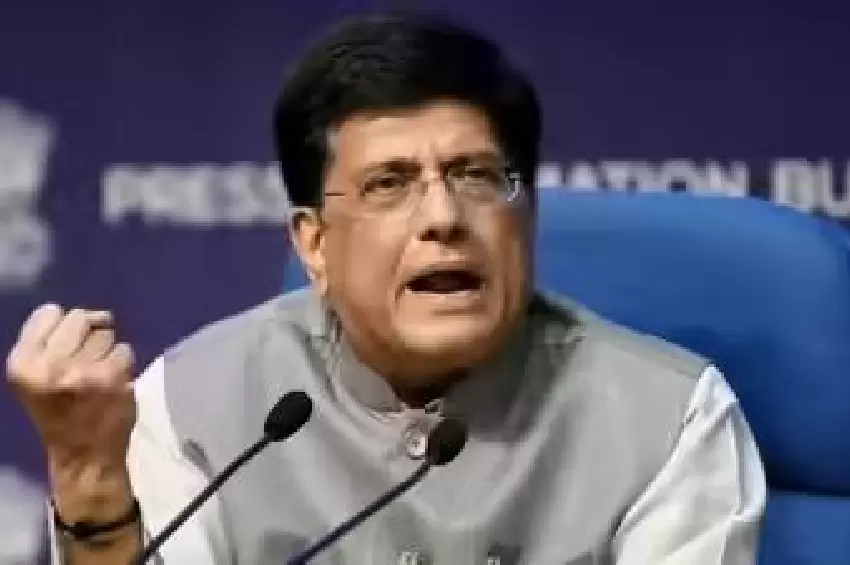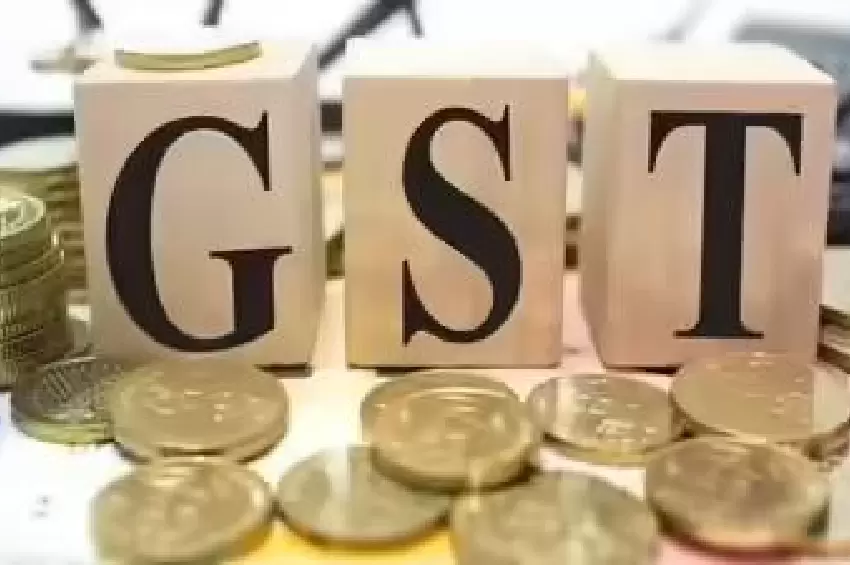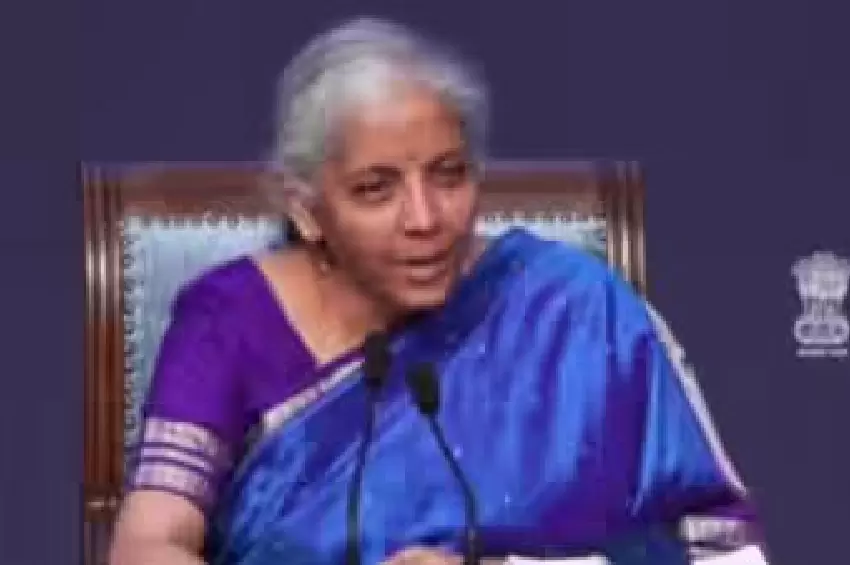Revolutionizing Taxation with Next Gen GST
As the government proposes a transformative two-slab GST structure, concerns about its impact on state revenues are being addressed. The Centre and states are portrayed as equal partners in this revenue-sharing model, which promises to enhance consumption and, consequently, tax collections over time.

Current GST Framework and Revenue Sharing
Under the existing GST regime, revenues are equally divided between the Centre and states, with an additional 41% of the Centre's divisible tax pool allocated to states. This system ensures a fair distribution of resources, supporting state-level development and welfare initiatives.
Proposed Changes and Their Implications
The proposed overhaul suggests simplifying the current four-tier GST structure into a two-tier system, with rates of 5% and 18%, and a higher rate of 40% for select goods. This move is expected to streamline taxation, potentially boosting GST revenues and improving tax buoyancy for states.
Supporting State Economies Beyond GST
Beyond GST reforms, the Centre supports states through exclusive taxation rights on certain products, interest-free loans for capital expenditure, and funding from health and education cesses. These measures underscore the collaborative effort to strengthen state finances and national economic growth.









Comments